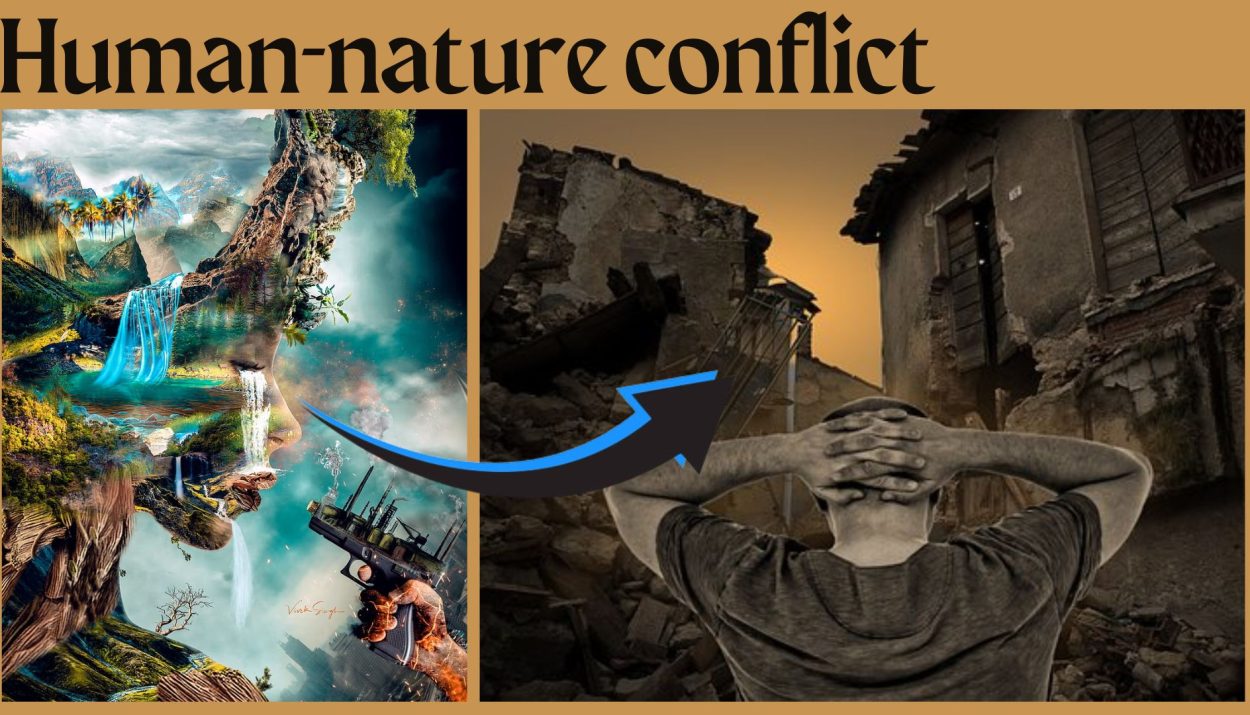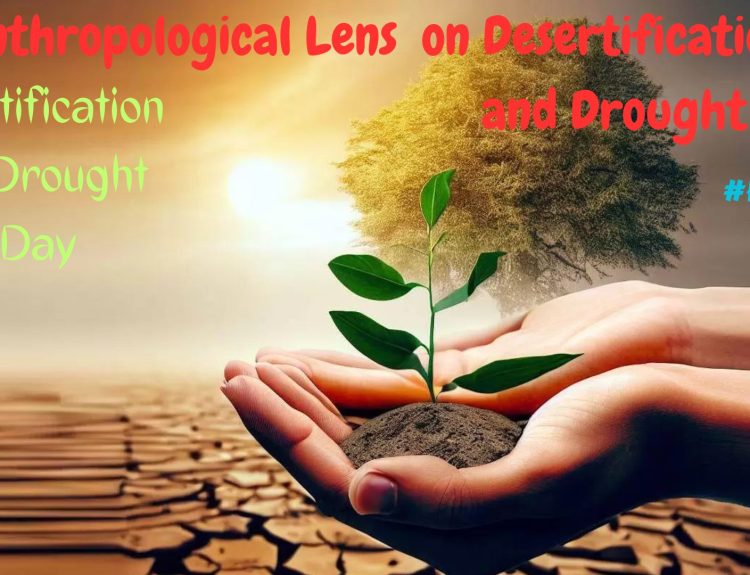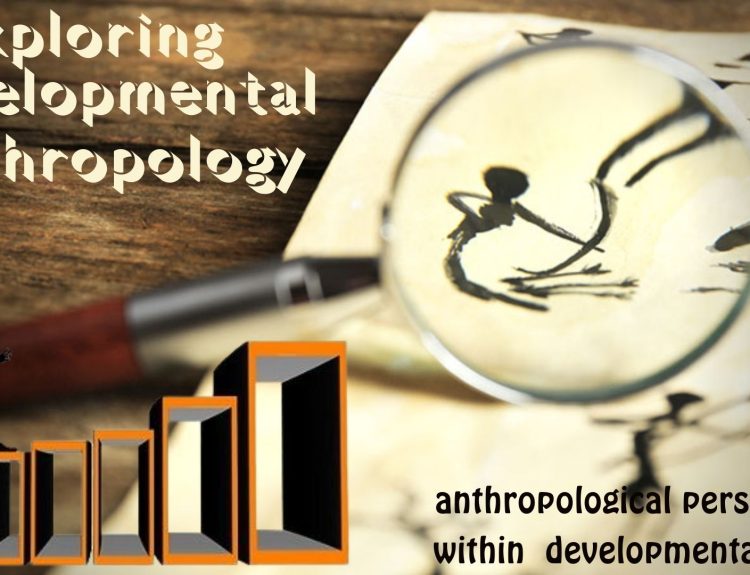Man is the most dangerous species on earth which disturbs the balance of nature. The deeds done by humans bring them closer to the grave. People are ruining their own futures with their actions. Man is affecting the environment in the wrong way.
We all think that development and innovation are science. No, it is madness if we ignore its environmental negative impacts. In the coming time, this planet will destroy everything including us. We believe that we are superior because we are walking on this planet. But this is not true. We have to live in harmonious co-existence with nature to survive for generations.
Read, How man affects the environment – Man and the Biosphere
Remember that the earth has enough for everyone’s needs, but not enough for everyone’s greed. Humans are sometimes unrealistic when it comes to their dealings with nature. In recent times man-nature conflict is increasing due to the unlimited activities of human beings.
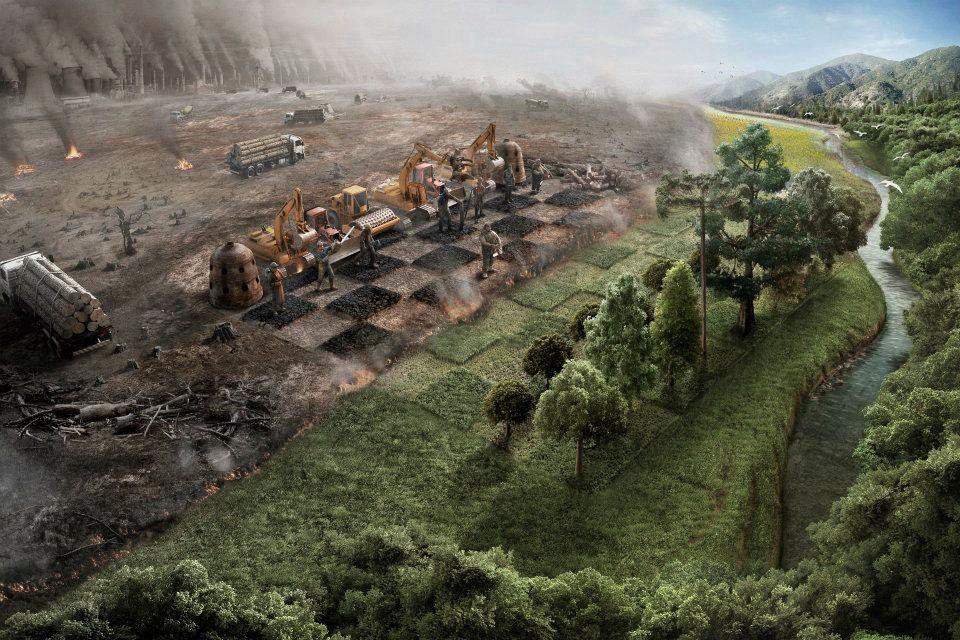
Is man the biggest enemy of nature? Does growth and development cost lives? Are we putting our lives at risk in the name of progress?
Let us look at this concept through the recent man-made disaster in Joshimath, India.
Joshimath episode
Joshimath is a small town in the Chamoli district of Uttarakhand state in India at an altitude of over 6000 feet in the Himalayas. There are about 20,000 people in it. Alaknanda river flows here.
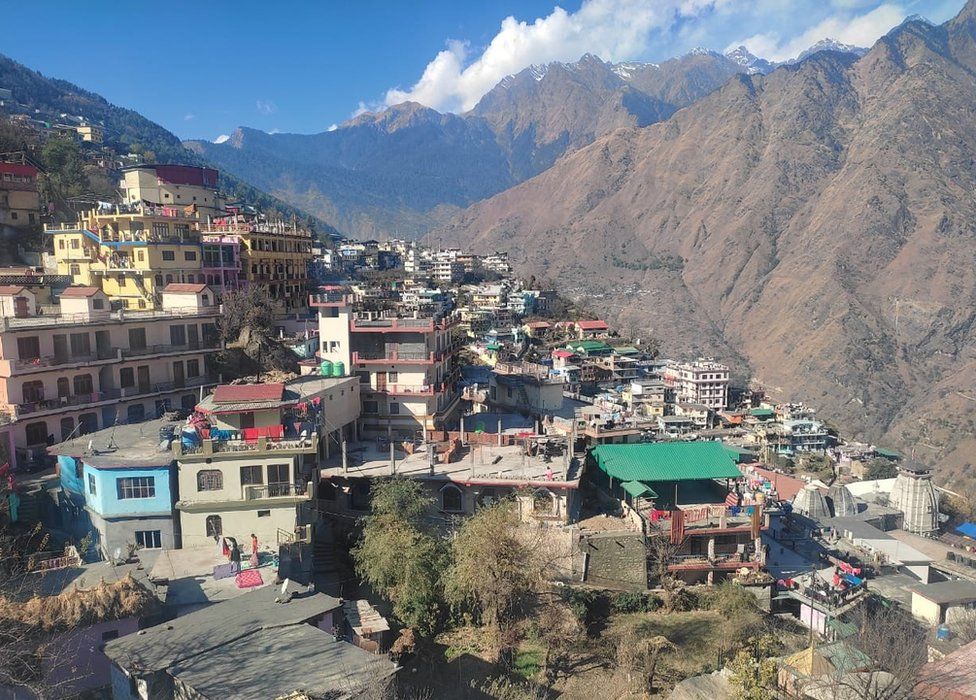
The most important place in Joshimath is associated with Adi Shankaracharya. He built one of his four shrines (matha or peetha) here i.e. Jyotir math, Uttarakhand in the north. (The others are Dwaraka math, Gujarat in the west, Govardhana matha, Odisha in the east and Sringeri Sharada Peetham, Karnataka in the south). Joshimath is the gateway to holy pilgrimage sites like Badrinath, Vishnuprayag, Hemkund Sahib, Valley of Flowers and various trekking trails. It is used as a stopover for travellers to many tourist destinations. There is a direct road from Joshimath which leads to the Indo-Tibet border.
Joshimath is built on weak ground. Alaknanda river flows naturally below Joshimath, so the land is loose and soft. It is sitting on the moving sands of the mountains.
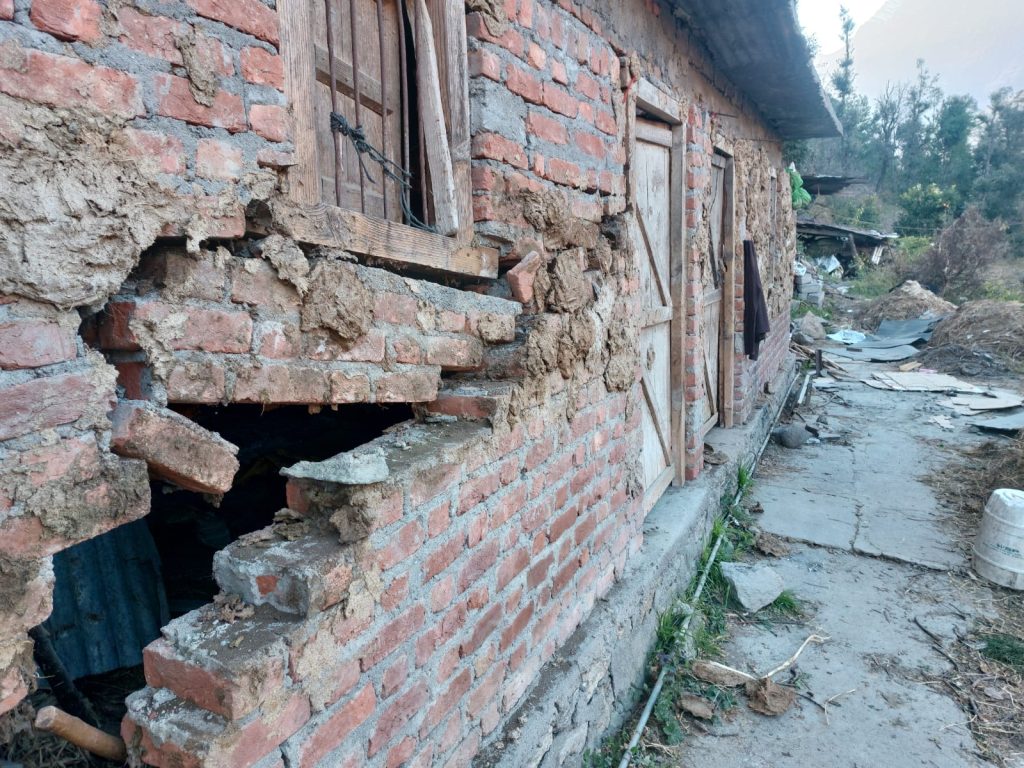
Here the land and walls of houses and buildings are sinking. Huge cracks are developing in roads and houses. Here people’s lifetime earnings have ended. They are in danger.
Reasons behind the sinking of Joshimath
This is a very fragile zone. The cracks are not coming suddenly. This is something that has been happening in this area for the last 150 years. This is an old landslide area.
In the past, there has been a case of land subsidence. There have been earthquakes. This region falls under the seismic zone V- a very severe intensity zone (as per the Bureau of Indian Standards).
One reason behind the rift this time is the Tapovan Vishnugad hydropower project implemented by NTPC (National Thermal Power Corporation Limited) in Joshimath.
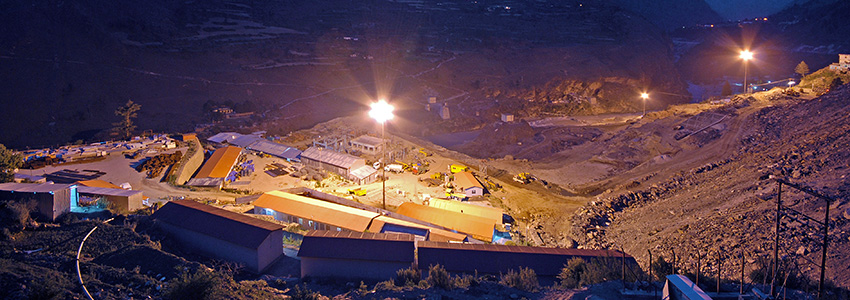
They are widening the roads and making tunnels in the area. They are taking the railways deep into Uttarakhand. There are dam-building activities. Tourist infrastructure like hotels and restaurants is also one of the reasons.
This is not something that has been discovered now but has been mentioned in the past. In 1976, a report of the MC Mishra Committee came. The report clearly stated that unregulated development in this particular area may have long-term consequences and may also disturb the structure in this part of the area.
Way forward
Is this situation something that can be resolved through money?
Evacuation and leaving the area is a big deal for people who may have to leave their homes forever. This is a temporary solution. It doesn’t work very well.
The best option and the one which also seems to be permanent is to become conscious towards nature. Remember we are getting in nature’s way, not nature getting in our way. It is not like going out of the way of nature but working with nature. There should be harmony between man and nature.
Further construction should be carried out in such areas only after checking the stability of the site and placing restrictions may help too. In order to take more steps to accommodate people, we need to understand how geology works out there. Boulders should not be removed and no trees should be cut in landslide-prone areas. The plantation is an important step. The resettlement should not be done in the water body area but on the paved land.
We need to learn from countries that have learned to live peacefully in risk zones, for example, Japan (a highly earthquake-prone region). They have earthquake-resistant buildings to withstand tremors to some extent. It is one of the best-prepared countries in the world.
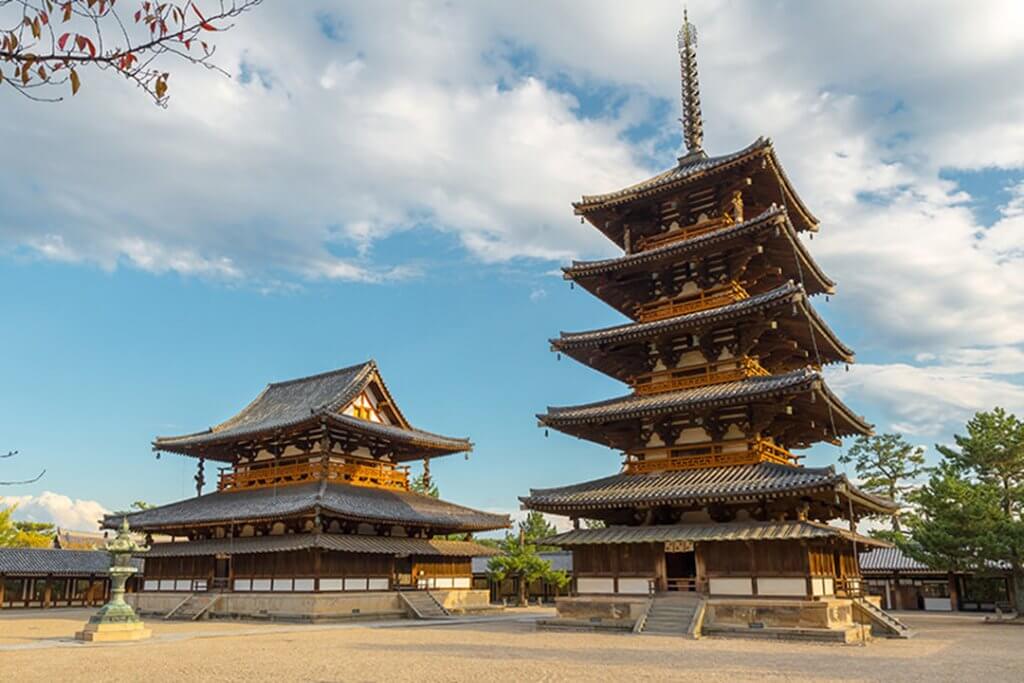
Either we should have the ability to prevent this from happening or we should go out of the way of nature. Connecting with nature is the need of the hour. We should learn a lesson from the cracks in Joshimath. In short, we should analyse the environmental impact before any construction work.
References
Joshimath sinking: 8.5cm displacement enough for cracks in houses, says expert


